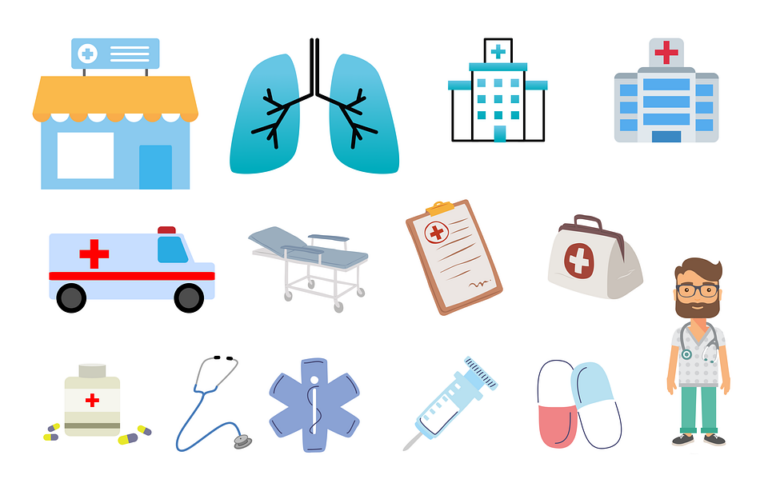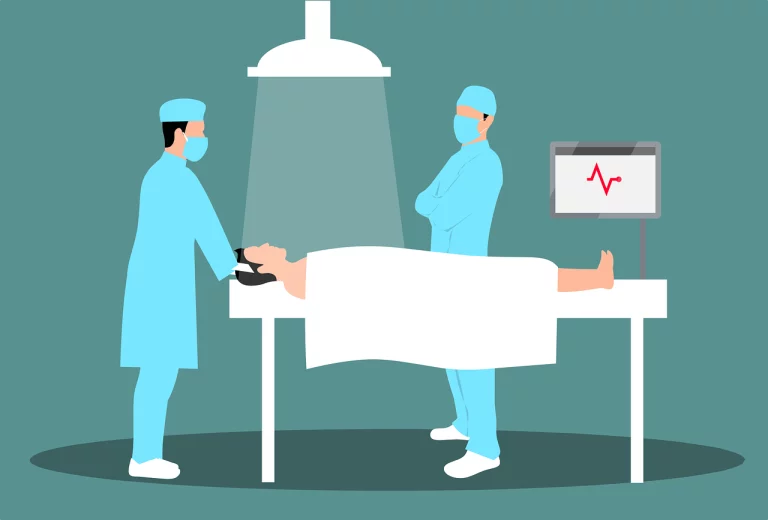Book Appointment Now

Primary Assessment of Head Injury Severity
Assessing the primary assessment of head injury severity is a critical responsibility in trauma and acute care nursing. Early and accurate assessment is essential to prevent complications and initiate timely interventions. In patients with traumatic brain injuries (TBIs), nurses must use systematic tools and clinical observations to evaluate the extent of damage. This article explores the key methods in head injury severity assessment and highlights the role of nurses in the management of these cases.
Do you need nursing paper writing help regarding head injury severity assessment? ![]()
Understanding Head Injuries in Trauma Care
Head injuries can range from minor concussions to severe traumatic brain injuries. The outcome largely depends on the initial assessment and timely intervention. In trauma settings, nurses are often the first healthcare providers to evaluate patients, making their role in the primary assessment crucial. By identifying signs of severe injury early on, nurses can help prioritize care and reduce the risk of long-term complications.
Steps in the Primary Assessment of Head Injury Severity
The primary assessment focuses on determining the extent of the injury and monitoring for any signs of deterioration. The use of standardized tools such as the Glasgow Coma Scale (GCS), along with vital sign monitoring, allows nurses to assess the severity of a head injury effectively.
Glasgow Coma Scale (GCS)
The Glasgow Coma Scale is widely regarded as the most reliable tool for evaluating head injury severity. It measures three key components: eye response, verbal response, and motor response. A lower GCS score indicates a more severe injury and often requires immediate intervention. Nurses regularly assess GCS scores to monitor changes in consciousness, as deterioration may signal increased intracranial pressure or worsening of the injury.
Pupillary Response and Neurological Signs
In addition to the GCS, nurses perform neurological assessments to check for changes in pupil size, reaction to light, and eye movement. Any abnormalities in these signs can indicate a worsening brain injury, requiring urgent medical intervention. Continuous neurological monitoring is essential in detecting subtle changes that may precede major complications like brain herniation.
Vital Sign Monitoring in Head Injury Patients
Vital sign monitoring is crucial in assessing the patient’s overall condition. Changes in blood pressure, heart rate, and respiratory patterns can signal underlying complications such as cerebral hemorrhage or increased intracranial pressure. Nurses must remain vigilant for the following:
- Bradycardia (slow heart rate)
- Hypertension (high blood pressure)
- Irregular respiratory patterns, including Cheyne-Stokes breathing
These signs may indicate a dangerous increase in intracranial pressure (ICP) and necessitate immediate medical intervention.
Importance of Oxygenation and Airway Management
In patients with traumatic brain injuries, ensuring adequate oxygenation is paramount. Hypoxia can exacerbate brain damage, making airway management a top priority in the acute care setting. Nurses must regularly assess oxygen saturation levels and respiratory function, providing oxygen therapy or mechanical ventilation as needed.
Imaging and Diagnostic Tests
While physical assessments are critical, diagnostic imaging plays a key role in confirming the severity of a head injury. Nurses coordinate with the medical team to ensure timely imaging, such as CT scans or MRIs, is conducted. These tests can reveal internal bleeding, skull fractures, and brain swelling, providing a clearer picture of the injury.
CT Scans for Detecting Intracranial Hemorrhage
CT scans are often the first diagnostic tool used in the evaluation of head injury severity. They are highly effective in detecting intracranial hemorrhages, fractures, and other structural damage. Based on the results, nurses assist in formulating the patient’s treatment plan, ensuring proper care is administered promptly.
Nursing Interventions in Head Injury Management
In addition to performing assessments, nurses play a crucial role in the ongoing care of patients with traumatic brain injuries. Interventions may include managing airway patency, controlling pain, preventing infection, and providing psychological support.
Monitoring for Secondary Brain Injuries
One of the major concerns in patients with head injuries is the development of secondary brain injuries, such as cerebral edema or hypoxia. Nurses must regularly assess patients for signs of deterioration, including changes in GCS score, worsening headaches, or seizures. Preventive care measures, such as positioning the patient to reduce ICP, are also key nursing interventions.
Pain Management and Patient Comfort
Pain management is a critical component in the care of patients with head injuries. While opioid medications are commonly used, nurses must balance the need for pain relief with the risk of masking symptoms of worsening injury. Non-pharmacological pain relief methods, such as cold compresses and environmental modifications, can also be effective in improving patient comfort.
Long-Term Care and Follow-Up
Patients with severe traumatic brain injuries often require long-term care and rehabilitation. Nurses continue to monitor these patients throughout their recovery, providing education to both patients and their families about managing post-injury symptoms and preventing complications. Long-term nursing care may include managing cognitive impairments, mobility issues, and emotional disturbances that arise following a severe head injury. Read also Mild Head Injury assignment.
The primary assessment of head injury severity is a fundamental aspect of trauma and acute care nursing. Nurses utilize a combination of clinical observation, standardized tools such as the Glasgow Coma Scale, and diagnostic imaging to evaluate patients with head trauma. Accurate and timely assessments are vital in determining the appropriate course of treatment and ensuring the best possible outcomes for patients with traumatic brain injuries.







